There are no solutions. There are only trade-offs”, Thomas Sowell famously said. This video explores the principle of tradeoffs—the paradox of choice, the price of opportunity and the wisdom of prioritizing what matters most.
the full story
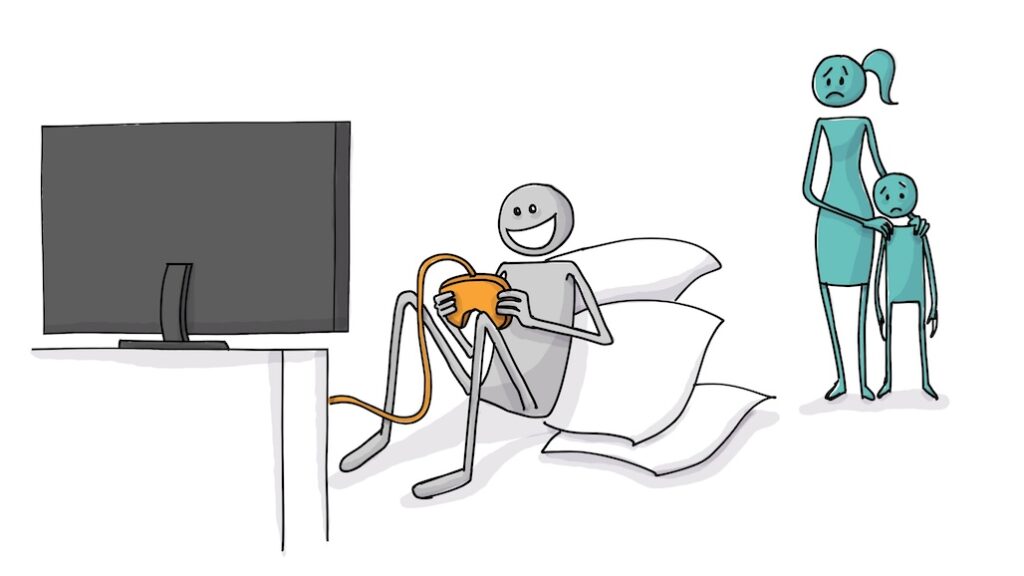
Every day and with each decision, you make a trade-off. Because every time you gain something, you also lose something. And when you lose something, you gain something in return.
everyday choices
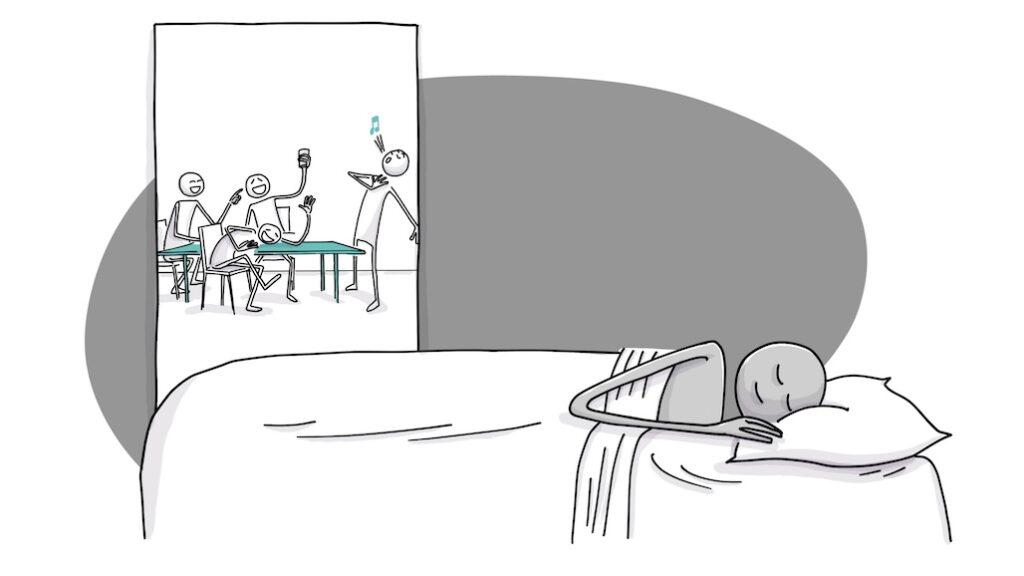
Say it’s Friday night. You can stay out late and make memories. What do you lose? Sleep. Or, you go to sleep early, wake up refreshed. But then, you might miss out on the fun. This principle applies to your job, what you eat, or who you date.
the big decision
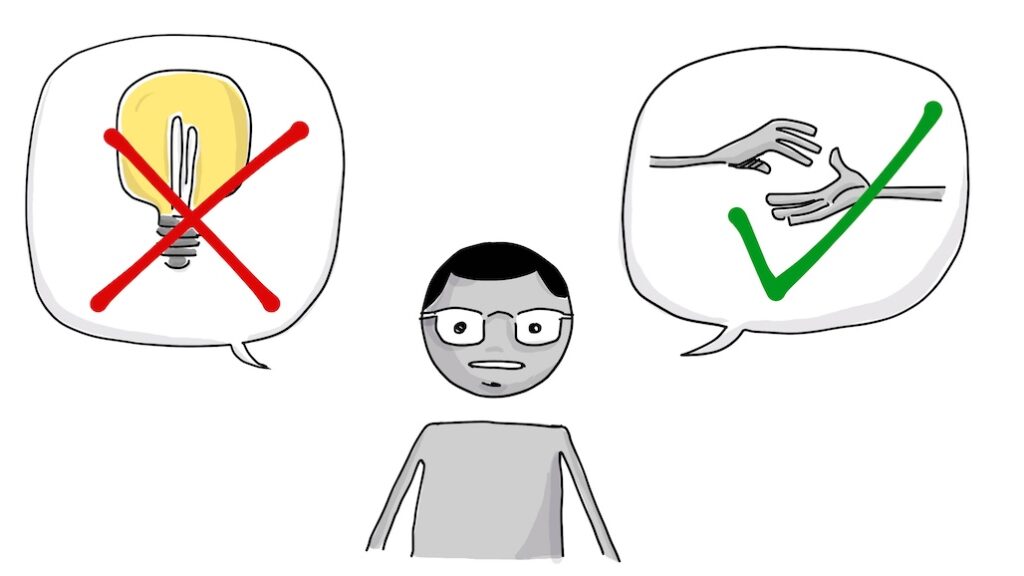
“There are no solutions. There are only trade-offs”, Thomas Sowell famously said. Charles Darwin faced a life-changing one at age 22. He could settle into a respectable, stable career as a clergyman, just as his parents wanted. Or he could risk everything for a shot at greatness. He took the risk, and it paid off. But even he may have wondered: What if?
choosing regrets
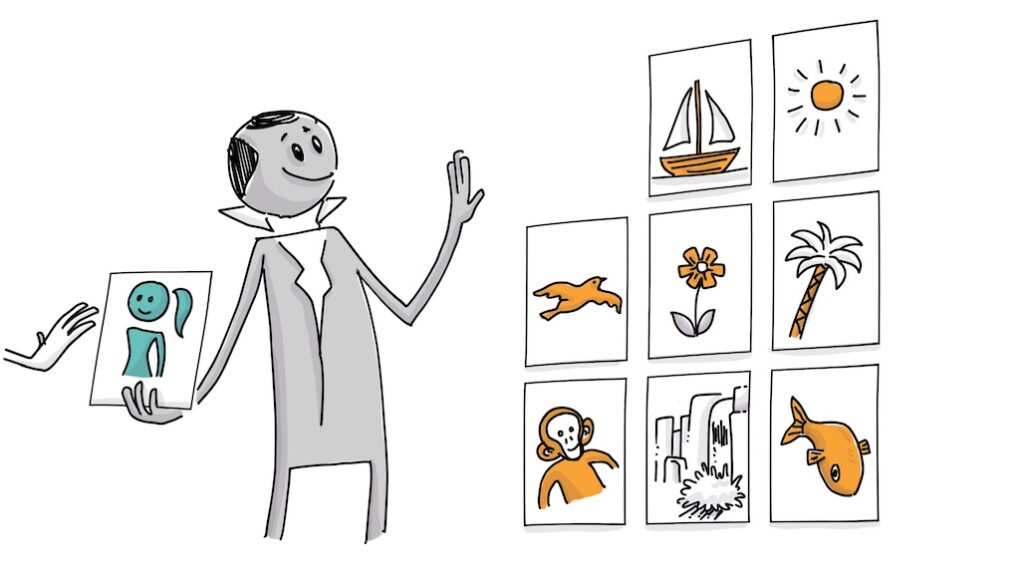
And that’s the thing—even the best choices come with a price. So when making decisions, a key question is: which regrets can you live with, and which ones can’t you?
“In life, we must all choose our regrets,”Christopher Hitchens wrote. Those who intentionally choose their regrets, and trade them off, can focus on what truly matters.
the power of no
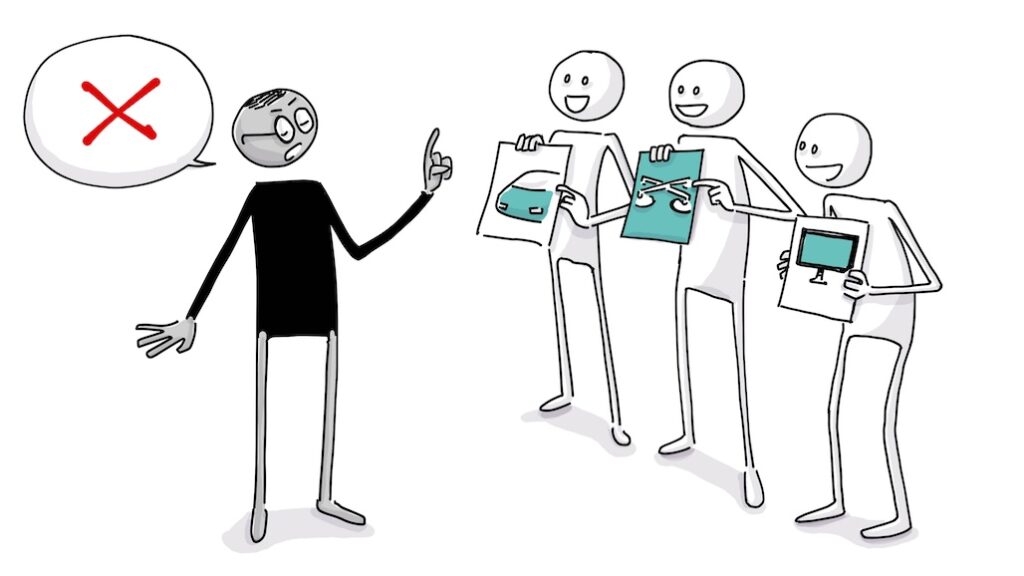
But don’t get confused! Steve Jobs warned “Focus is not about saying yes. It’s about saying no to a hundred other great ideas.” And saying no, is often the hardest of all trade-offs—the one that separates good from great.
what do you think?
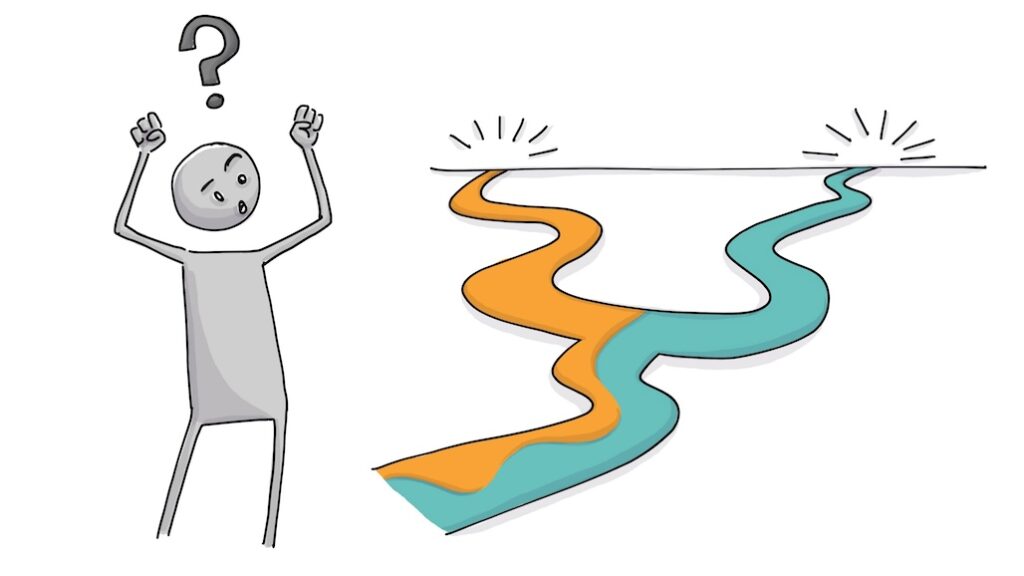
What about you? What are the biggest trade-offs you’ve ever made? Share your thoughts in the comments below!
Sources
- Trade-off – Wikipedia.org
- Thomas Sowell – Wikipedia.org
- There are no solutions, only trade-offs. – Econlib
- Impro AI, What is a trade-off? Trade-offs Explained!. Youtube Short. https://www.youtube.com/shorts/8yO9XEZQ6us
Dig deeper!
- Read Randolph Nesse on tradeoffs within our own body: “The body is a bundle of tradeoffs. Everything could be better but only at a cost. Your immune system could react more strongly, but at the cost of increased tissue damage. The bones in your wrist could be thick enough that you could safely skateboard without wrist guards, but then your wrist would not rotate, and you could throw a rock only half as far. You could have an eagle’s ability to spot a mouse from a mile away, but only at the cost of eliminating color vision and peripheral vision. Your brain could have been bigger, but at the risk of death during birth. Your blood pressure could be lower at the cost of weaker, slower movement. You could be less sensitive to pain at the cost of being injured more often. Your stress system could be less responsive at the cost of coping less well with danger.”
- Read The Paradox of Choice from the Decision Lap to explore the psychology of decision-making.
- Learn more about trade-offs in decision making with this article from 1000minds.
- Watch this Opportunity Cost and Tradeoffs by Marginal Revolution University to understand the difference between these two concepts.
- Learn how Opportunity Cost influences decision-making in everyday life from Sprouts.
Classroom activity
Objective:
Students will understand the concept of trade-offs in decision-making, recognize their presence in everyday life, and reflect on how consciously choosing trade-offs shapes priorities and values.
Materials Needed:
- Sprouts video: The Paradox of Choice
- Whiteboard or flipchart
- Markers
- Scenario cards (e.g., “Friday night choice,” “career path,” “food choices” and hobbies)
- Student notebooks
Duration:
60 minutes
Steps:
1. Introduction and Video Viewing (10 minutes)
- The teacher asks: “Have you ever faced a tough choice where you gained something but also lost something?” Gather quick examples.
- Play the Sprouts video.
2. Group Analysis: Spotting Trade-offs (20 minutes)
- Ask students to list trade-offs examples shown in the video.
- Divide into four groups: Each group is assigned to one real-life scenario
- Group 1: Friday night
- Group 2: Career path
- Group 3: Food choices
- Group 4: Hobbies
- Ask each group to identify the two possible choices that they want to make, then identify the gains and losses of each choice.
3. Group Presentations and Synthesis (10 minutes)
- Each Group Presents
- Their scenarios
- Explain the tradeoffs in their choices
4. Discussion (15 minutes)
- Pose discussion questions, ask student opinion on the concept of ‘perfect choice’.
- Encourage students to give some examples from their own experience.
5. Reflection and Sharing (5 minutes)
- Individual Reflection: Ask students to respond in writing:
- What’s one tradeoff I’ve made recently, and what did it teach me?
- Optional Sharing: Invite a few volunteers to share personal experience.
- The teacher concluded: Choosing regrets wisely helps us focus on what truly matters.

